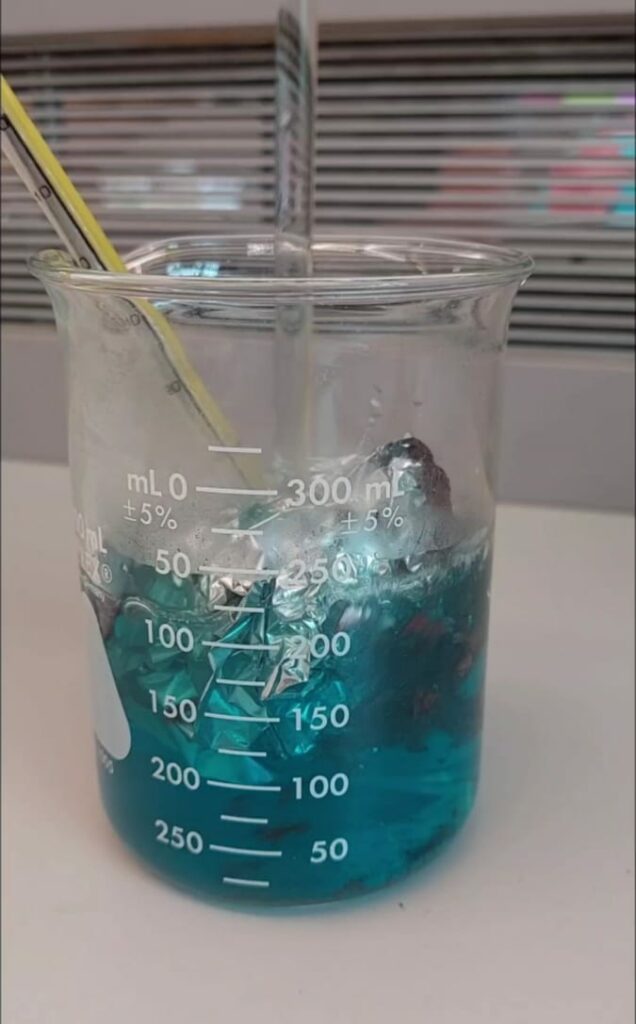Education 372 was a blast this summer. I feel like this course opened my eyes to the world of science outside of the work sheet. Using worksheets and memorization of content, is a style of learning that has been traditionally used in the classroom for a long time, however it only is accessible to a very small portion of the classroom. Other students have different skills, abilities and interest that do not really allow them to engage in the learning.
The new BC curriculum really focuses on the importance of teaching curricular competencies, or the skills that allows students to work with and understand the content of the course. These types of activities allow for a lot more entry points into the learning experience, and as a result can get a lot better engagement and learning in a lot more students.
In this class, we spent a lot of time doing experiments and activities to teach the content of the BC curriculum using curricular competencies. The one that really stood out to me was an experiment mixing aluminum foil with Copper (II) chloride.
In this experiment, you give students a small ball of aluminum foil to place in a beaker with aqueous copper (II) chloride with a thermometer. During this small experiment, you can have students practice making observations, recording qualitative and quantitative measurements, making hypothesis, and writing conclusions. All the while, also allowing students to either discover and learn about law of conservation of mass and energy, exothermic reactions, and types of reactions based on their own observations.
But what I like most about this activity, is that it allows students to actually experience science, as compared to exclusively read, write, and look at pictures about science. They can actually take part in and experience the concepts that they are working with.

Leave a Reply